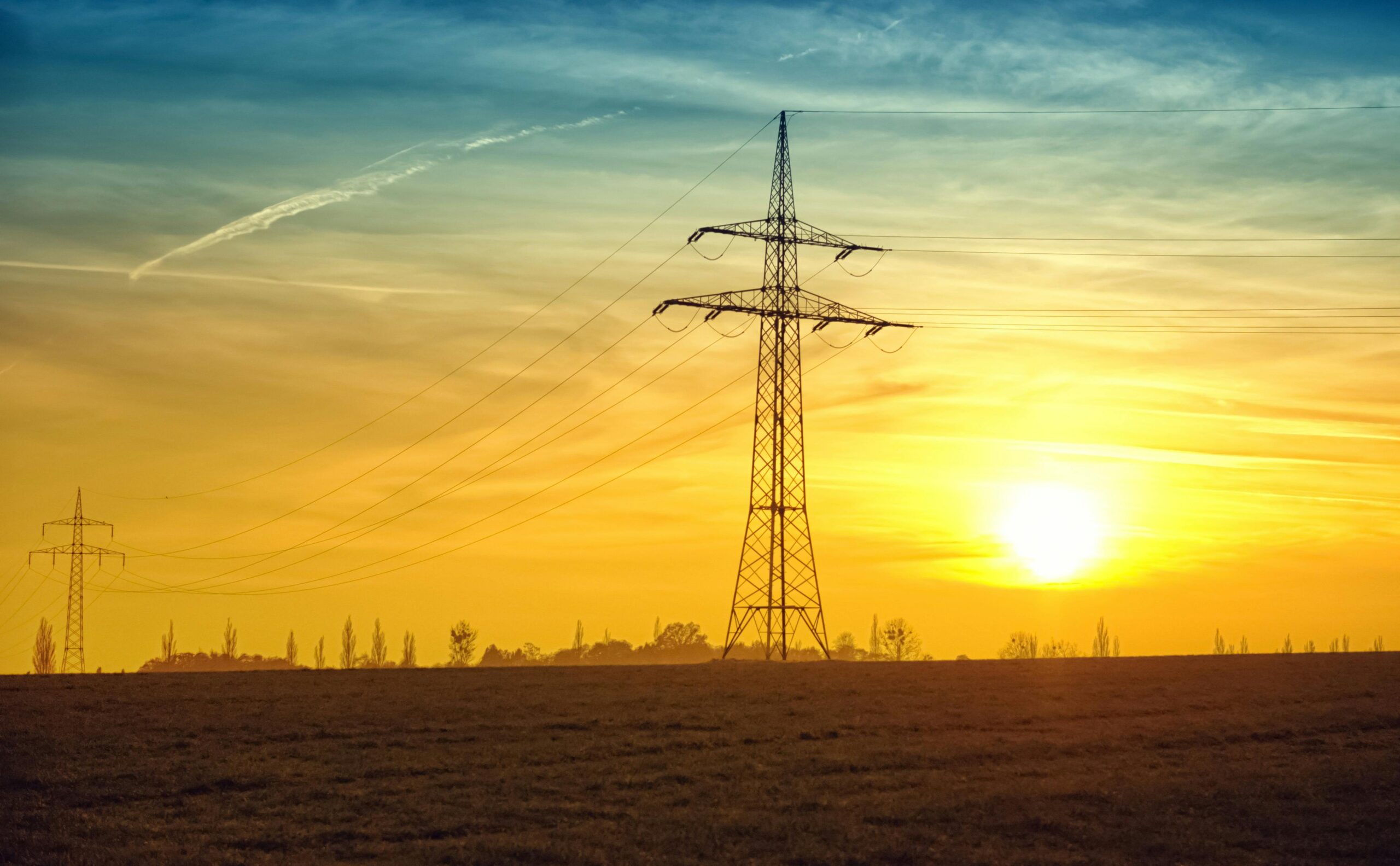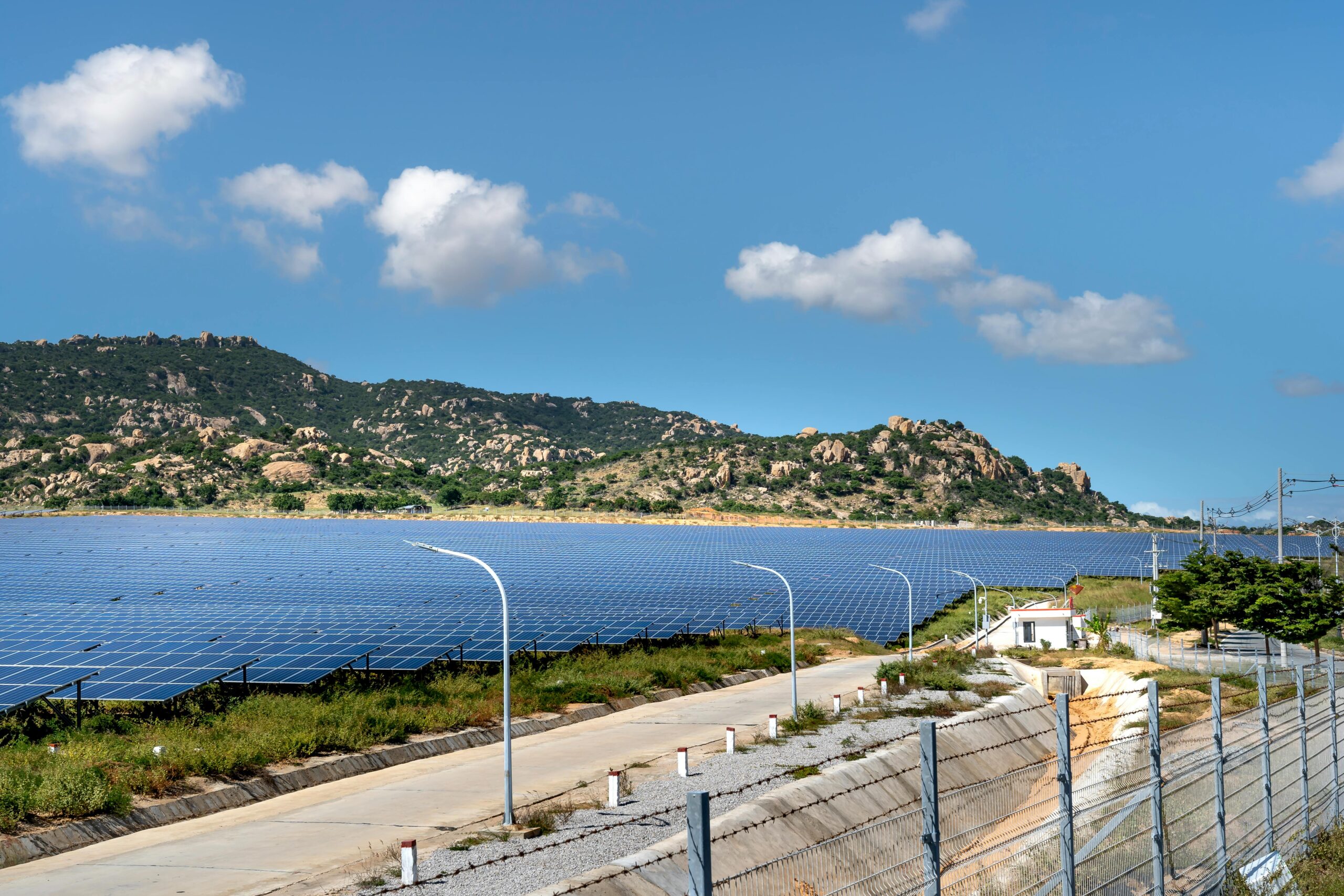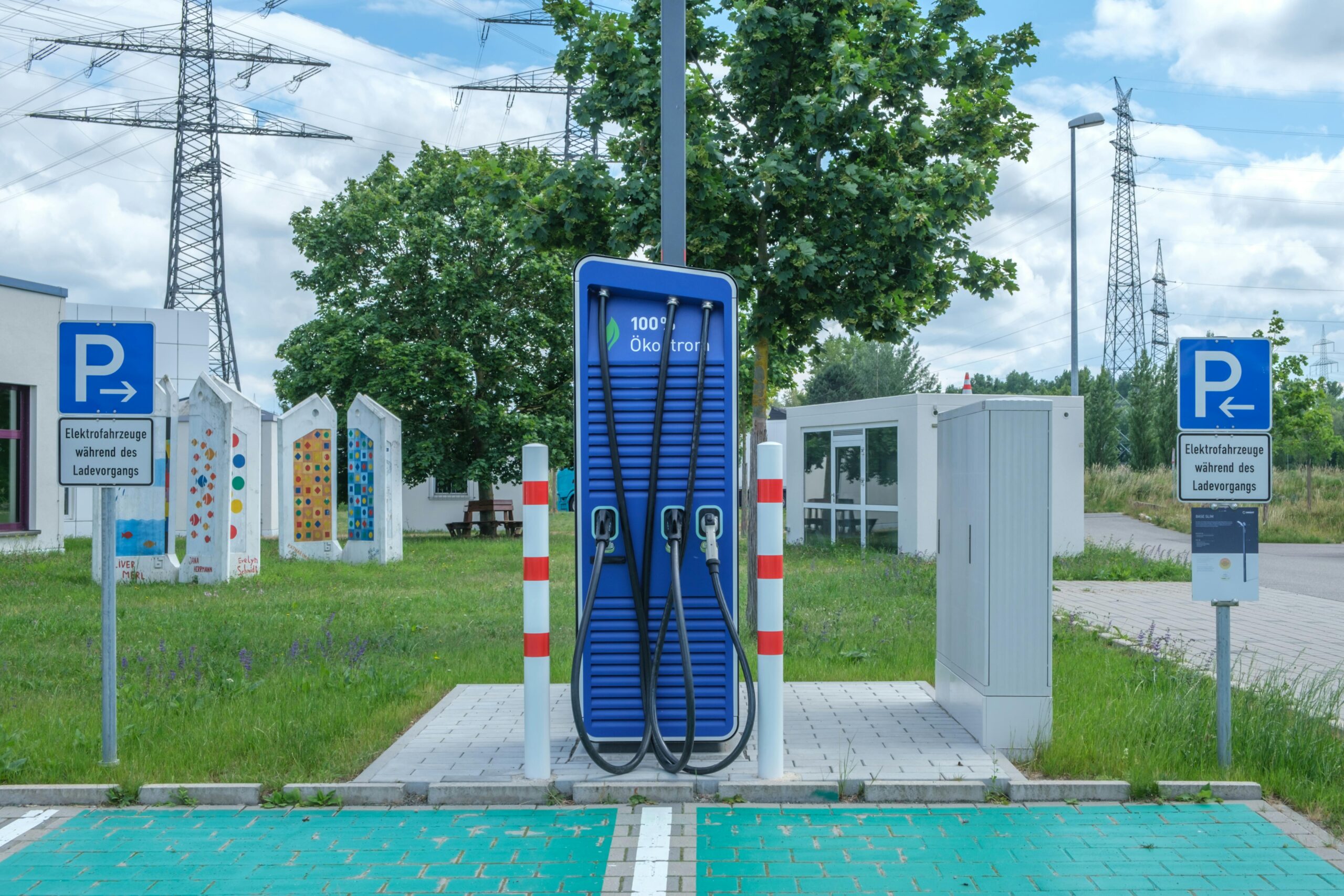As urban areas grow and demand for renewable energy rises, cities are exploring solar power to meet environmental targets and reduce energy costs. Solar energy in urban settings presents both challenges and unique opportunities, shaping the potential for greener, energy-efficient cities.
Challenges of Solar Power in Urban Environments
- Space Limitations Urban areas are often densely built, limiting the available space for large-scale solar installations. Rooftops and facades become the primary surfaces for solar panels, yet many buildings lack sufficient area or structural support for the technology. Additionally, historic buildings, skyscrapers, and densely packed residential areas pose challenges for installing solar panels without affecting city aesthetics and property values.
- Shading and Obstructions High-rise buildings, trees, and other structures create shading that reduces solar panel efficiency. Unlike rural solar farms that can position panels with optimal sunlight exposure, urban installations must navigate around shadow-casting buildings. Even minor shading can significantly decrease solar output, making the selection of installation sites critical in cities.
- Higher Installation Costs Installing solar panels in urban settings can be more costly than in rural areas due to increased labor, structural requirements, and logistics. Rooftop installations in cities often require additional support structures and specialized permits, especially for high-rise buildings or buildings with unique architecture. Labor costs are also typically higher in urban areas, adding to the financial challenges.
- Energy Storage and Grid Integration Solar energy is intermittent and generates power based on sunlight availability. Without proper energy storage, urban solar power cannot provide continuous energy to the grid, especially during peak demand hours in the evening. Integrating solar power into existing urban grids also requires investments in infrastructure and advanced storage solutions, posing logistical and financial challenges for cities.
Opportunities for Solar Energy in Urban Areas
- Rooftop Solar and Community Solar Programs Despite limited space, urban rooftops offer substantial potential for small-scale solar installations. Many cities encourage rooftop solar through incentives, making it easier for businesses and homeowners to install panels. Community solar programs are also growing, allowing residents to invest in shared solar installations and benefit from renewable energy even if they cannot install panels on their own buildings.
- Solar-Powered Infrastructure Cities are increasingly integrating solar technology into urban infrastructure. Solar-powered streetlights, charging stations, and public buildings help reduce municipal energy costs and showcase a commitment to sustainability. By embedding solar into city infrastructure, urban areas can tap into renewable energy while enhancing public services and reducing grid dependency.
- Building-Integrated Photovoltaics (BIPV) Building-integrated photovoltaics offer an innovative solution by incorporating solar cells directly into building materials like windows, facades, and roofs. BIPV technology allows solar power generation without occupying additional space, making it particularly useful in high-density urban areas. While BIPV is still an emerging technology, it holds promise for reducing energy consumption in cities.
- Floating Solar Installations Urban areas near bodies of water can explore floating solar farms, also known as “floatovoltaics.” Floating solar systems reduce the need for land and can help cities with limited open space meet their energy goals. While typically larger scale, floating solar panels can be used in both small water bodies within cities and larger reservoirs on the outskirts, offering flexible applications for urban settings.
- Policy Support and Incentives Municipal and state-level policies play a vital role in promoting solar power in urban areas. Many cities provide incentives such as tax credits, grants, and rebates for residential and commercial solar installations. Additionally, some cities require new construction to include solar-ready features, creating a long-term path for integrating renewable energy into urban planning.
Looking Forward: The Future of Solar Power in Cities
Urban areas have immense potential to lead in the adoption of solar energy, setting examples of sustainability and innovation. With technological advances in energy storage, building-integrated photovoltaics, and smart grids, cities can maximize solar potential even with existing challenges. The shift to urban solar power not only reduces greenhouse gas emissions but also fosters energy independence, making cities more resilient to climate-related power disruptions.
Embracing solar power in cities represents a step toward cleaner, greener urban landscapes that support environmental goals and sustainable growth. As more cities commit to renewable energy, solar power in urban settings will continue to evolve, offering valuable insights and solutions for a sustainable future.








Leave a Comment